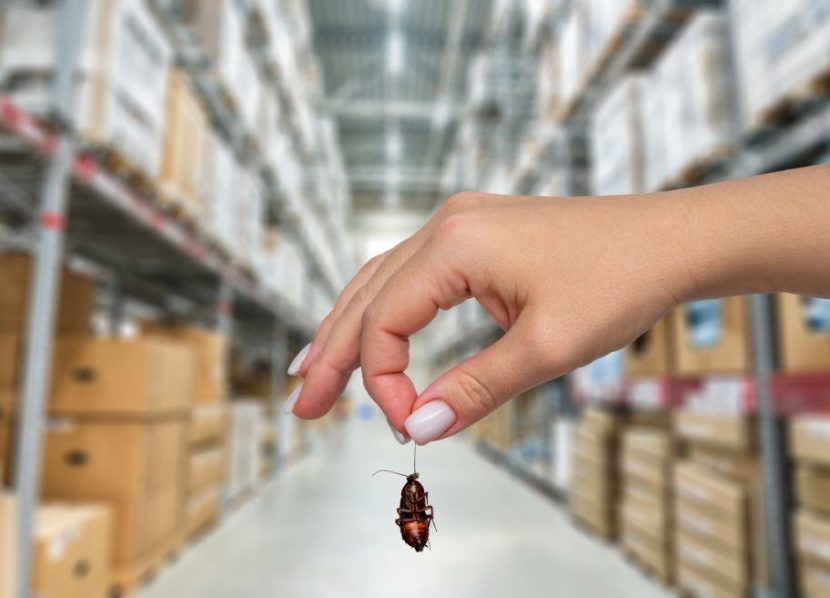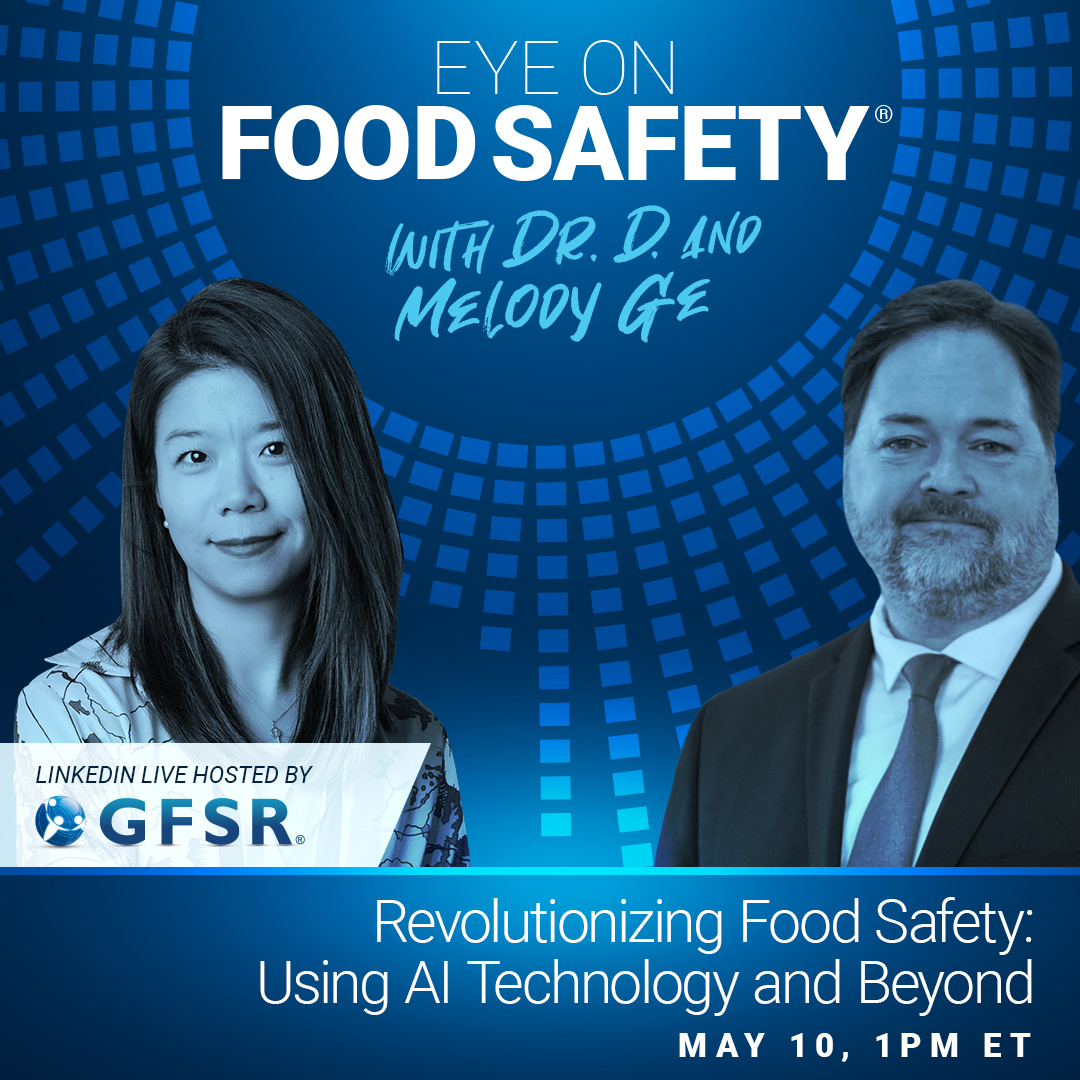From Maslow to Modern IPM: The Evolution of Sanitation in Pest Control
By Frank Meek
In 1943, Dr. A. H. Maslow penned the famous paper, ‘A Theory of Human Motivation.’ The hierarchy of needs theory is drawn from this body of work. Often shown as a pyramid diagram, the foundational block outlines the basic biological needs of all animals: food, water, shelter, and temperature. These needs are universal, for insects and other pests included.
So how is this related to food safety, you may ask? Simply removing one or more of the basic biological needs alters the ability of organisms to survive and thrive. Otherwise stated, if someone enters your home and removes 100 percent of your food and prevents you from accessing replacements, that individual has some limited control over you. This same approach is a key part of the cultural and environmental modifications in an IPM (Integrated Pest Management) program.
Before IPM became the go-to approach in pest management, sanitation was often overlooked as a cause of chronic pest issues. After all, enough pesticide applied to a dirty area would still have some impact on the insects. However, not all insects became exposed to the products due to the buildup present in some situations. For years, the idea was that insects could be sprayed away.
A few short years after Maslow, Dr. Robert Evans spoke about this issue at the 36th Annual Meeting of the International Association of Milk and Food Sanitarians.
Pest control service alone will not always get the job done. Success requires teamwork between sanitation efforts and pest control services.
“Good sanitation alone will eliminate a great part of the pest problem; proper pest control should eliminate the rest of the problem,” he said during a forum.
Evans’ perspective on sanitation as a cornerstone of pest management was not an isolated idea. In the years that followed, other experts in public health and food safety echoed and expanded on this concept.
In 1960, sanitarian Wilfred Johnson authored the Public Health Service Publication No. 772, Sanitation in The Control of Insects and Rodents of Public Health Importance, for the U.S. Department of Health, Education, and Welfare. In this publication, he underscored the important role sanitation plays as part of the pest control program in food processing facilities. Like Evans, he emphasized the necessity of collaboration between facility operators and pest control service providers.
More recently, many others have published papers that link good sanitation’s value to proper pest management.
- University of GA College of Agriculture and Environmental Science, Bulletin 927 June 1999
- Handbook of Fermented Meat and Poultry, Wiley Publishing, 2015
- Stewart Postharvest Review, Spring 2015
- Oklahoma State University Extension Service, Fact Sheet FAPC-121, July 2017
Why pests ignore bait and how to change that through sanitation
When you look at the typical habits and characteristics of the common pests, cockroaches, rodents, flies, etc., they are like each other in that they have preferred food. Once they find what they like, it can be difficult to get them to switch to something else. Pest foods are anything that a human would eat, plus a lot of things we wouldn’t such as greases, oils, organic debris, and filth. To understand the reason this is important, we must look at how modern pest control products work.
Baits are among the most used products. Bait formulations consist of an edible food matrix combined with an active ingredient(s) and may include preservatives and attractants (including water). Cockroaches, rodents, flies, ants, and many of the occasional exterior invader pests are frequently treated using bait formulations.
Despite the meaning of the word bait, these products may have very few attractive properties. They are typically placed in the areas where the pest is living or in the path they take to their preferred resources. Often the approach fails or does not have the desired effect because the insect or rodent will ignore the bait material in favor of the food they have been eating. Think of how you decide where to go out to dinner – most of us have favorite restaurants, and we will walk or drive past several options on the way
So, to make bait products work their best, the competing “foods” must be removed, i.e., sanitation. Without the preferred food, the likelihood of the pest consuming the bait products increases dramatically.
Liquids and dusts are also common pesticide formulations that can be used in certain situations. These formulations work through contact with the pest, with the toxic molecules being absorbed into the insect while they rest. The chemicals can become attached to the fine hairs – or setae – on the insect’s body. Then through the grooming process that many insects use to clean themselves, the pesticide is consumed and does its work. So, if the floor contains debris or filth, the insect may not be able to come into direct contact with the pesticide.
Pest control service alone will not always get the job done. Pest control service with the teamwork of the facility in sanitation will not only solve the problem, but in the spirit of true IPM, will go a long way to prevent future pest issues.
About the Author
Frank Meek, BCE, PHE, PCQI, is the Manager – Rollins Entomology, where he has worked since 1986. With decades of experience in pest management, Meek has contributed to the development of IPM standards for healthcare and authored key industry publications. He is a sought-after speaker and is recognized for his expertise in both national and international pest control practices.

-
 FeaturedRisk management
The Cost of a Breach: What a Cyberattack Could Mean for Food Safety Recalls
FeaturedRisk management
The Cost of a Breach: What a Cyberattack Could Mean for Food Safety Recalls
-
 FeaturedRisk management
Securing the Food Chain: How ISO/IEC 27001 Strengthens Cybersecurity
FeaturedRisk management
Securing the Food Chain: How ISO/IEC 27001 Strengthens Cybersecurity
-
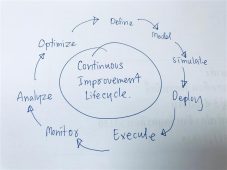 FeaturedRisk management
Revolutionizing Food Safety Training: Breaking Out of the “Check-the-Box” Mentality
FeaturedRisk management
Revolutionizing Food Safety Training: Breaking Out of the “Check-the-Box” Mentality
-
 GFSI Standards
GFSI 2025: Building Trust, Tech-Forward Solutions, and Global Unity in Food Safety
GFSI Standards
GFSI 2025: Building Trust, Tech-Forward Solutions, and Global Unity in Food Safety
-
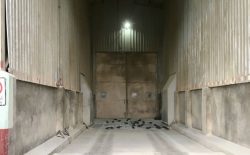 FeaturedFood Safety
Integrated Pest Management: Strategies to Protect Your Brand’s Reputation
FeaturedFood Safety
Integrated Pest Management: Strategies to Protect Your Brand’s Reputation
-
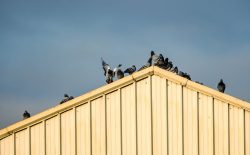 FeaturedFood Safety Culture & Training
No Open Door Policy: Challenges That Impact Pest Control in Food Processing Plants
FeaturedFood Safety Culture & Training
No Open Door Policy: Challenges That Impact Pest Control in Food Processing Plants

